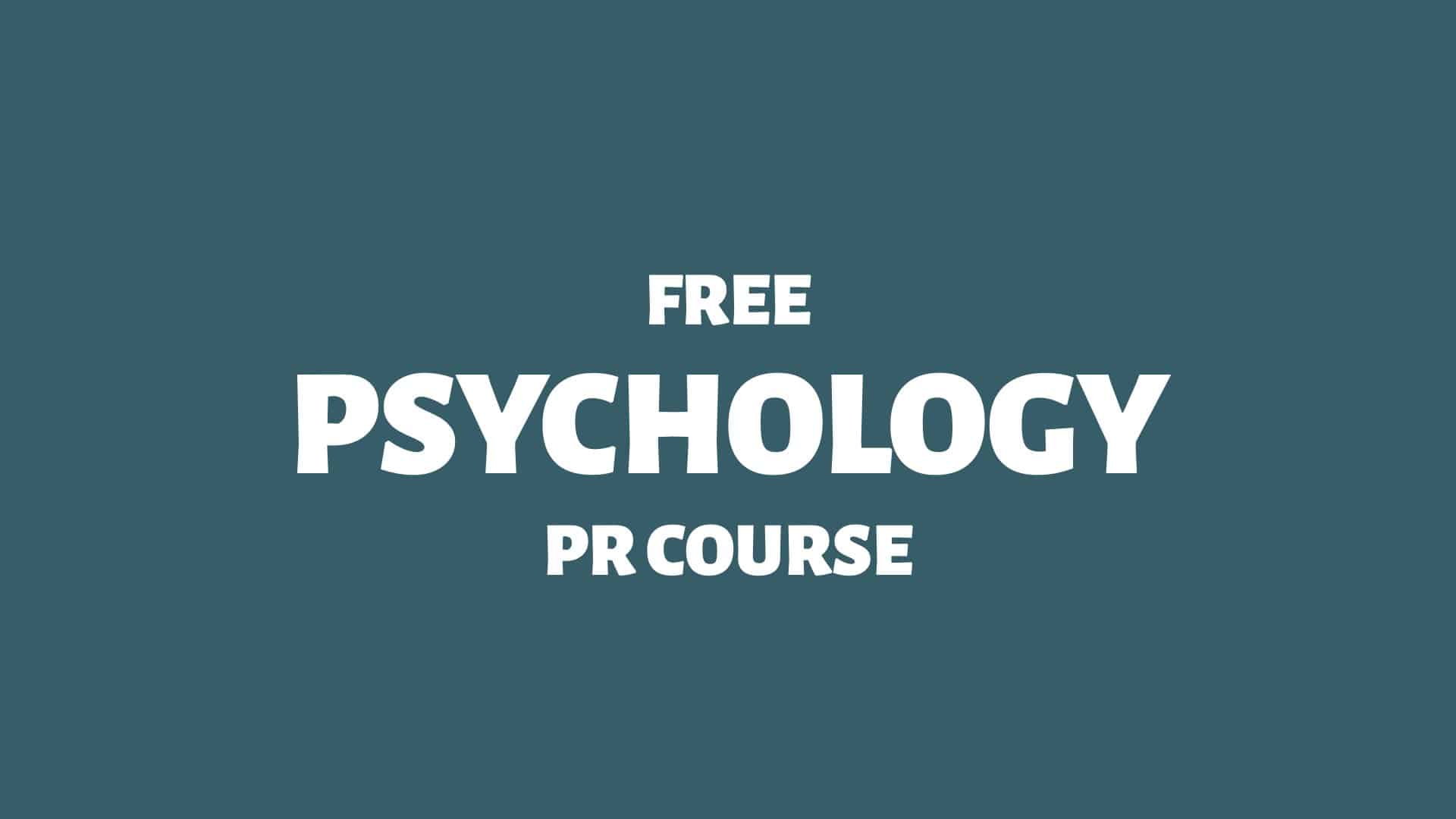The online brain hypothesis raises critical questions.
Attention is multifaceted, encompassing everything from alertness and sustained concentration to more complex processes like attentional switching and inhibition. Our understanding of attention is incomplete, especially in an era when digital platforms compete relentlessly for every fleeting moment of our focus.
This notion of an ‘online brain’ raises critical questions about the long-term effects of digital media on cognitive functions, including memory and focus.
Here we go:
The Online Brain Hypothesis
In the rapidly evolving digital age, how we process information is being transformed. The rise of the internet and its ever-changing stream of information have led to a noticeable shift in our attentional capacities.
“The Internet can alter our cognition, affecting attention, memory, and social cognition, with potential brain changes.”
Source: World Psychiatry 1Firth, J., Torous, J., Stubbs, B., Firth, J., Steiner, G., Smith, L., Alvarez-Jimenez, M., Gleeson, J., Vancampfort, D., Armitage, C., & Sarris, J. (2019). The “online brain”: how the … Continue reading
A study published in the National Center for Biotechnology Information highlights this trend, emphasising how the multitude of online media sources vies for our attention, often at the expense of our ability to concentrate for extended periods. 2Firth, J., Torous, J., Stubbs, B., Firth, J. A., Steiner, G. Z., Smith, L., Gleeson, J., Vancampfort, D., Armitage, C. J., & Sarris, J. (2019). The “online brain”: How the Internet may be … Continue reading
“The human brain’s attention system has evolved over time, with genetic variations and experience playing a role in individual differences in attentional efficiency.”
Source: Annual review of neuroscience 3Petersen, S., & Posner, M. (2012). The attention system of the human brain. Annual review of neuroscience, 35, 73 – 89. https://doi.org/10.1146/annurev-neuro-062111 – 150525
This phenomenon, sometimes called the ‘online brain’, raises critical questions about the long-term effects of digital media on cognitive functions, including memory and focus.
Brains and Narrowing Attention Spans
The broader implications of our interaction with digital media are further underscored by a study in Nature Communications, which reveals a narrowing of our collective attention span. 4Abundance of information narrows our collective attention span. (2019, April 15). ScienceDaily. https://www.sciencedaily.com/releases/2019/04/190415081959.htm
This phenomenon is not just confined to social media; it’s a trend observed across various domains, suggesting a widespread cultural shift in how we consume and process information.
The gradual decline in attention spans, particularly over the last few decades, signals a pressing challenge for today’s organisations. Research by Gloria Mark, PhD, from the University of California Irvine, sheds light on how our engagements with the internet and digital devices reshape our focus. 5Mark, G. (2023). Why our attention spans are shrinking. American Psychological Association. https://www.apa.org/news/podcasts/speaking-of-psychology/attention-spans
The study’s findings are a wake-up call to businesses and content creators, indicating that capturing and maintaining an audience’s attention is becoming more challenging.
Despite the growing concern over the impact of social media and the fast-paced news cycle on our attention spans, a gap in empirical data persists. This lack of concrete evidence points to the necessity for more rigorous research to understand the true extent of mass media’s influence on cognitive functions. 6Abundance of information narrows our collective attention span. (2019, April 15). EurekAlert! https://www.eurekalert.org/news-releases/490177
Learn more: The Online Brain Hypothesis
The Anatomy of Attention
Attention is an essential component of public relations:
An organisation, starved of attention, trust, and loyalty, is compelled to wage a perpetual struggle for its continued existence.
And it’s not just organisations. We all seem to crave attention in some form or another:
“People want to be loved; failing that admired; failing that feared; failing that hated and despised. They want to evoke some sort of sentiment. The soul shudders before oblivion and seeks connection at any price.”
— Hjalmar Söderberg (1869−1941), Swedish author
It’s fear of social isolation—and attention starvation.
Types of Attention
But what constitutes ‘attention’?
“Attention is a complex, real neural architecture (‘RNA’) model that integrates various cognitive models and brain centers to perform tasks like visual search.”
Source: Trends in cognitive sciences 7Shipp, S. (2004). The brain circuitry of attention. Trends in Cognitive Sciences, 8, 223 – 230. https://doi.org/10.1016/j.tics.2004.03.004
Each of the below terms refers to a specific aspect or type of attention (“mental bandwidth”), a complex cognitive process. 8Schweizer, K., Moosbrugger, H., & Goldhammer, F. (2005). The structure of the relationship between attention and intelligence. Intelligence, 33(6), 589 – 611. … Continue reading
Let’s explore different types of attention:
Each type of attention is likely to play a role in how we interact with and process information from our environment, and understanding these different aspects is key in fields like psychology, neuroscience, and education.
Learn more: The Anatomy of Attention
Attention Spans: More Research is Required
Although concerns over shortened attention span due to social media and rapid news cycles abound, they often rely on anecdotal observations and smaller studies.
Without robust research into how digital consumption affects attention, productivity, and consumer behaviour, organisations risk forming strategies based on intuition rather than insight.
To move forward meaningfully, companies might benefit from collaborating with academic institutions or investing in internal studies to develop a more grounded understanding of attention in the context of digital media.
Such efforts would support the development of effective perception management strategies and contribute to the broader scientific understanding of how modern media environments shape cognitive functions.
In an era where data-driven decision-making is paramount, filling this empirical gap will help develop more effective business strategies and contribute to a broader understanding of perception management.

THANKS FOR READING.
Need PR help? Hire me here.

What should you study next?
Spin Academy | Online PR Courses

Spin’s PR School: Free Psychology PR Course
Join this free Psychology PR Course to learn essential skills tailored for public relations professionals. Start now and amplify your impact on society today.
Psychology in Public Relations
Group Psychology
Learn more: All Free PR Courses
💡 Subscribe and get a free ebook on how to get better PR.

Annotations
| 1 | Firth, J., Torous, J., Stubbs, B., Firth, J., Steiner, G., Smith, L., Alvarez-Jimenez, M., Gleeson, J., Vancampfort, D., Armitage, C., & Sarris, J. (2019). The “online brain”: how the Internet may be changing our cognition. World Psychiatry, 18. https://doi.org/10.1002/wps.20617 |
|---|---|
| 2 | Firth, J., Torous, J., Stubbs, B., Firth, J. A., Steiner, G. Z., Smith, L., Gleeson, J., Vancampfort, D., Armitage, C. J., & Sarris, J. (2019). The “online brain”: How the Internet may be changing our cognition. World Psychiatry, 18(2), 119 – 129. https://doi.org/10.1002/wps.20617 |
| 3 | Petersen, S., & Posner, M. (2012). The attention system of the human brain. Annual review of neuroscience, 35, 73 – 89. https://doi.org/10.1146/annurev-neuro-062111 – 150525 |
| 4 | Abundance of information narrows our collective attention span. (2019, April 15). ScienceDaily. https://www.sciencedaily.com/releases/2019/04/190415081959.htm |
| 5 | Mark, G. (2023). Why our attention spans are shrinking. American Psychological Association. https://www.apa.org/news/podcasts/speaking-of-psychology/attention-spans |
| 6 | Abundance of information narrows our collective attention span. (2019, April 15). EurekAlert! https://www.eurekalert.org/news-releases/490177 |
| 7 | Shipp, S. (2004). The brain circuitry of attention. Trends in Cognitive Sciences, 8, 223 – 230. https://doi.org/10.1016/j.tics.2004.03.004 |
| 8 | Schweizer, K., Moosbrugger, H., & Goldhammer, F. (2005). The structure of the relationship between attention and intelligence. Intelligence, 33(6), 589 – 611. https://doi.org/10.1016/j.intell.2005.07.001 |


